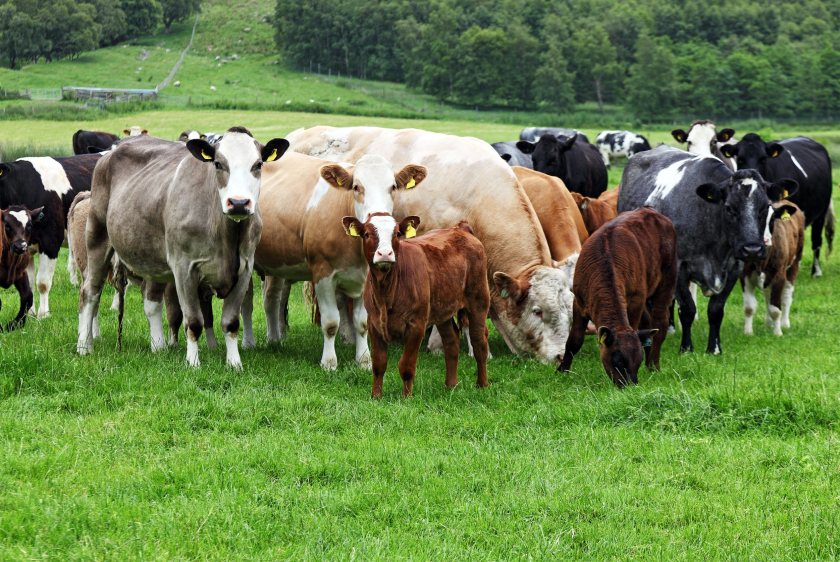
Strong beef prices gave support to farmers as the sector had to battle huge inflation in key input costs, new analysis by AHDB shows.
Looking at the relative values of fertiliser and beef gives an insight to the response to high input costs on the sector, the levy board says.
Nitrogen fertiliser, with its linkage to energy markets, has been at the heart of the inflationary challenge for agriculture.
The market calmed in late 2023, but prices remained nearly 30% above 2019 levels in the first quarter of 2024.
However, in its new analysis, AHDB says there is a risk of complacency this year toward the fertiliser market following a period of calm.
"It is important to be mindful of risks in global markets and changes to domestic policy as outlined in the AHDB Fertiliser Outlook," says Becky Smith, AHDB analyst.
"Looking at both beef and fertiliser prices over the past five years, we see clearly the steep increase in fertiliser prices from the second half of 2021, a response to the European energy crisis and then further climbs from the war in Ukraine."
The analysis notes that fertiliser price peaked in September-October 2022 but has now stabilised at £339/t for domestic AN in March, albeit at levels higher than pre-2021.
Beef prices, on the other hand, have risen considerably since 2020, driven a by contraction in supply against a backdrop of stable consumption supporting demand.
Average deadweight overall all prime price sat at 491.6 pence/kg (p/kg) in March 2024, an increase of nearly 50% versus the same month in 2020.
The value of beef relative to key inputs can be measured by assessing how many KGs of beef (deadweight, all prime cattle) it takes to buy one tonne of AN fertiliser.
Despite falling back through 2023, AHDB says that fertiliser prices remain above historic average levels as shown above, though this has been partly offset by strength in deadweight cattle prices.
Ms Smith explains: "For AN fertilisers, the value relationship with beef has seen extreme changes to say the least with clear implications for those growing cattle on forage-based systems.
"Through 2018-2019 it took on average, 73kg of deadweight beef to pay for one tonne of AN fertiliser. In 2022 this average was 178kg, and simply made fertiliser unaffordable for many at traditional application rates.
"We saw this reflected in Defra’s British survey of fertiliser use, with the average field rate for total nitrogen use on grassland at 80kg/ha for 2022, down 12kg/ha from the average use for the previous three years."
She adds that falling fertiliser prices and rising beef prices are helping a return to a more normal relationship.
"But farmers are likely to remain cautious to whether a return to more normal application of fertiliser is only justified because of the current strength in beef prices."
